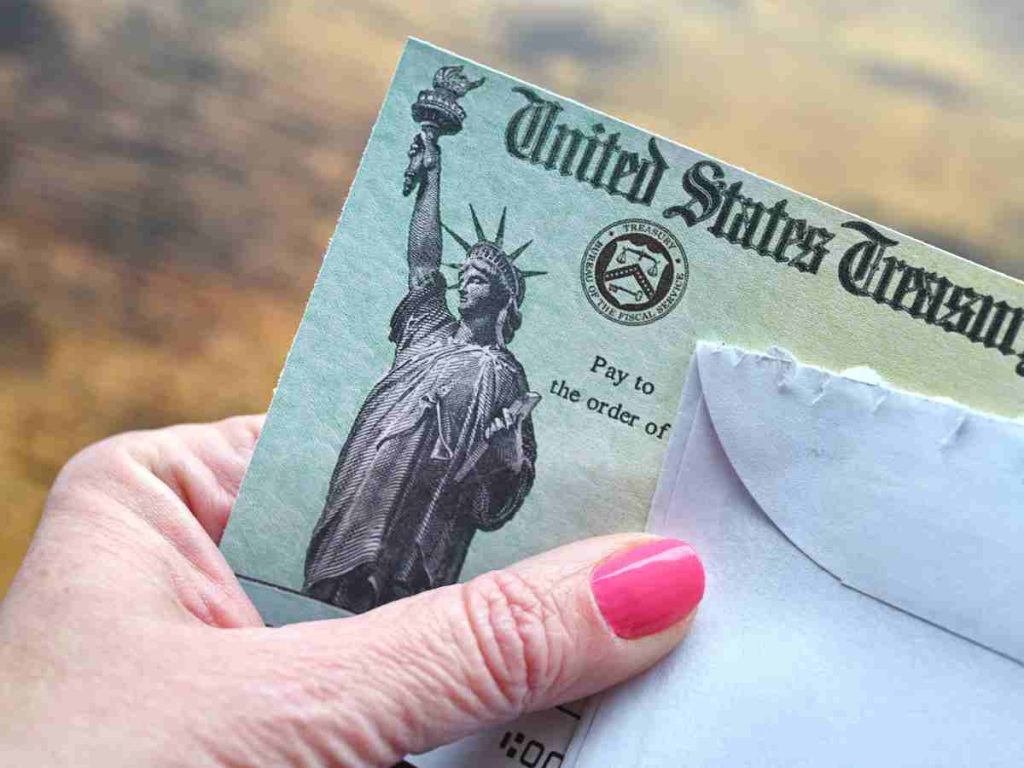On average, tax refunds are 2.9% higher than in May 2024, claimed the IRS on its latest filing season statistics for the week ending on May 2, 2025. Direct deposits are also higher on average. In fact, the average direct deposit has increased by 2.5%. Therefore, it could be a disappointment if you expected a much higher refund.
The IRS has given taxpayers several reasons why their tax refund may be lower than expected. Sometimes, you may owe money to a State or Federal Agency. Therefore, the Federal Government may use all of your Federal tax refund or part of it. In this way, your tax refund will be used to repay the debt. For your information, this is known as a tax refund offset.
IRS: tax refund offset examples
According to the Internal Revenue Service, the Department of Treasury’s BFS (Bureau of the Fiscal Service) issues tax refunds. Besides, Congress authorizes BFS to carry out the TOP (Treasury Offset Program). It is through this program that the BFS may reduce your 2024 tax refund in 2025 and offset it to pay:
- Federal Agency nontax debts;
- State income tax obligations;
- Past-due child support; or
- “Certain unemployment compensation debts owed to a State (generally, these are debts for compensation paid due to fraud, or contributions owing to a state fund that weren’t paid).”
IRS Form 8379 for spouses
Some taxpayers prefer to file a joint tax return. If you filed jointly but you are not responsible for debt that is subject to offset because your spouse owes it, you are entitled to request your portion.
In this way, you could file Form 8379 to get your portion of the tax refund back from the Internal Revenue Service. It is possible to file Form 8379 in different ways.
Taxpayers can file Form 8379 with their original joint tax return. For example, with Form 1040 or even Form 1040-SR. Sometimes you may need to file an amended tax return, so file it with Form 1040-X. It could also be done by itself after receiving notification of an offset.
